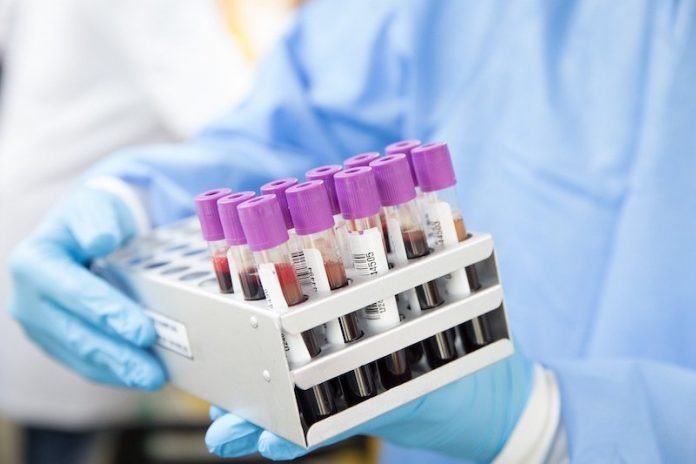
In a new study, researchers found that results of blood tests routinely performed contain a hidden fingerprint that can identify people silently developing potentially fatal liver cirrhosis.
They developed an algorithm to detect this fingerprint that could be freely installed on any clinical computer, making this a low-cost way to carry out large scale screening using patient data.
The research was conducted by a team at the University of Southampton.
Liver cirrhosis is the second leading disease-causing premature death in working-age people (after heart disease).
More than 80% of liver cirrhosis deaths are linked to alcohol or obesity and are potentially preventable.
However, the process of developing liver cirrhosis is silent and often completely unsuspected by doctors.
In 90% of these patients, the liver blood test that is performed is normal, and so the liver disease is often excluded.
Most patients will have no signs or symptoms until they experience a serious medical emergency and the first admission is fatal in one in three patients.
In the study, the team developed the CIRRUS algorithm (CIRRhosis Using Standard tests) which they then used to analyze NHS data on blood test results taken in primary and secondary care for nearly 600,000 patients.
The algorithm was able to pick up over 70% of people with cirrhosis, months or years before they had their first emergency admission with liver disease.
The accuracy rate of the test was around 90%.
The team says this test gives doctors the opportunity to pick up serious liver disease earlier which might prevent future emergency admission to hospital and serious ill-health.
One author of the study is Professor Nick Sheron.
The study is published in BMJ Open.
Copyright © 2021 Knowridge Science Report. All rights reserved.



